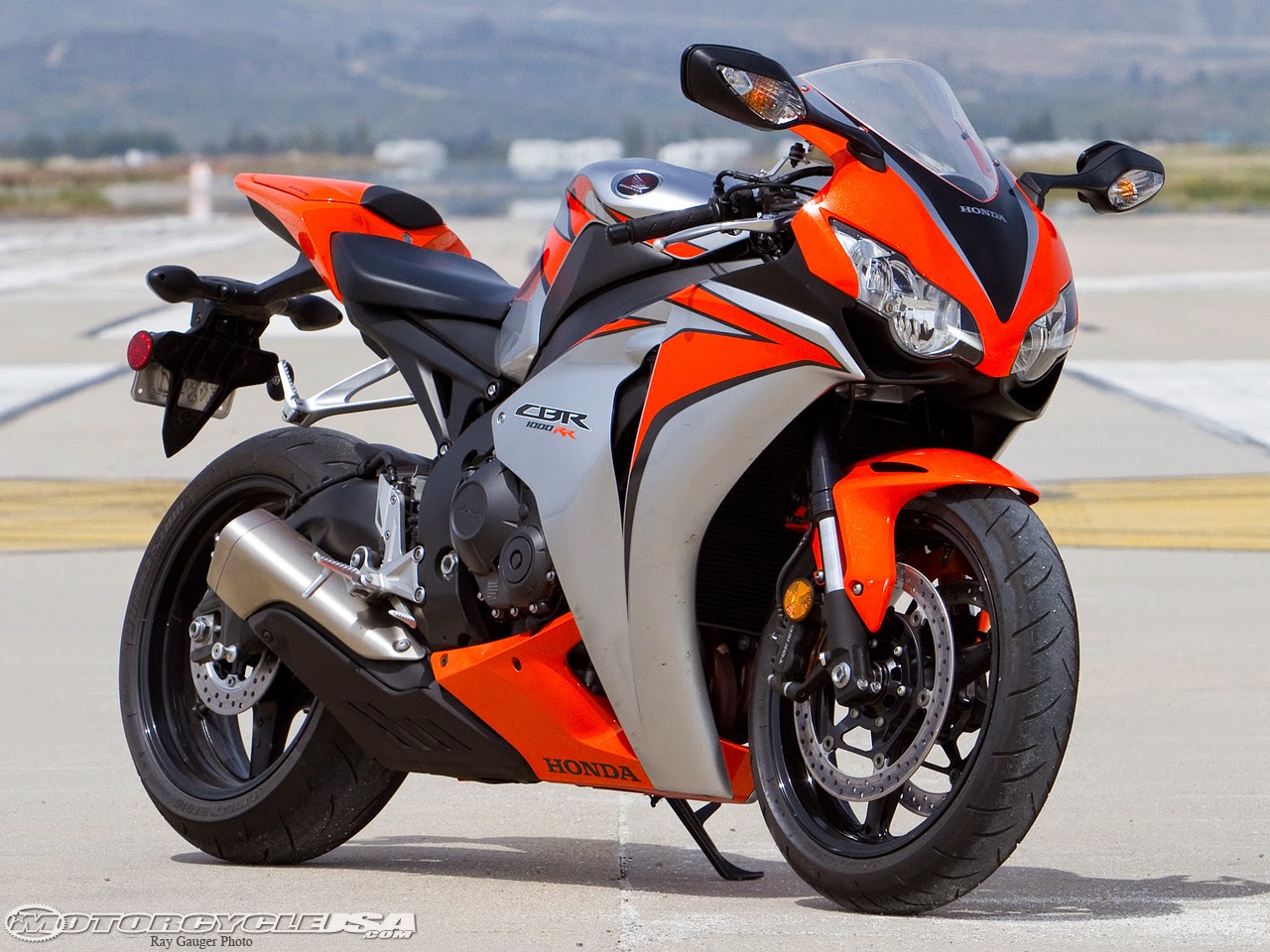Honda’s
CBR1000RR has long been the ultimate Superbike for experienced
aficionados, and the 2015 CBR1000RR is really something special. Then there’s
the CBR1000RR ABS version, with the most sophisticated brake package in the
class. But here’s the biggest news: Track-day enthusiasts need to check out the
CBR1000RR SP Repsol Edition version. With fully adjustable Öhlins front and
rear suspension, Brembo front brakes and Pirelli Diablo Supercorsa SC premium
tires. The SP also includes a special lightweight subframe with solo seat cowl.
The SP doesn’t stop there, with hand-selected engine parts for weight and balance,
including pistons and connecting rods.
Electronically controlled C-ABS distributes brake force
over both wheels, helping to maintain braking confidence in less-than-ideal
conditions. The system electronically measures rider input on the brake lever and
pedal, and applies only the front or rear brake in some cases or combines both
brakes in other situations.
Unit
Pro-Link Rear Suspension:
The CBR1000RR features front and rear suspension. In the
back, the Unit Pro-Link design uses a balance-free rear shock with a
double-tube design for a smoother and more accurate response.
Pirelli
Diablo Supercorsa SP V2 Tires:
The street-legal Pirelli Diablo Supercorsa SP tires offer
grip and handling in one high-performance tire. The 12-spoke wheels also
feature a unique pinstripe design.
Assisted
Slipper Clutch:
Superbikes can deliver a great deal of back-torque
through the driveline, upsetting handling—not the CBR1000RR. Its Honda-designed
assisted slipper clutch is the same type used on our MotoGP bikes. The design does
away with the need for heavy clutch springs, ensuring full power transmission
with smooth shifting and a light clutch pull at the lever.
Lightweight
Cast-Aluminum Seat Rail:
On the CBR1000RR SP a firmer, single-seat design with a
special pillion cover and a cast and machined aluminum subframe reduces weight
and helps speed track day prep
The CBR1000RR’s full-screen LCD instrumentation includes
a lap timer, trip and fuel-consumption computer, five-level customizable shift
indicator, gear-position indicator and peak-rpm memory function which helps the
rider.
Big
Piston Fork (BPF) Front Suspension:
The CBR1000RR’s front suspension uses a Big Piston Fork
(BPF). The 43mm Showa fork is smoother, more responsive and gives you excellent
front-end feedback.
Öhlins
Front and Rear Suspension Components:
The CBR1000RR SP features a forged and machined top
bridge, fully adjustable NIX30 front suspension and TTX36 rear shock for
superior suspension performance and adjustability on the track or the street.
Cylinder
Head and Exhaust:
The 2015 CBR1000RR features changes to the cylinder head,
including revised valve seats, machining and intake exhaust port shape. Along
with modifications to the intake and exhaust systems, this creates more
horsepower and torque
This Honda CBR 1000RR is the ultimate street legal sports
bike for the riders.

